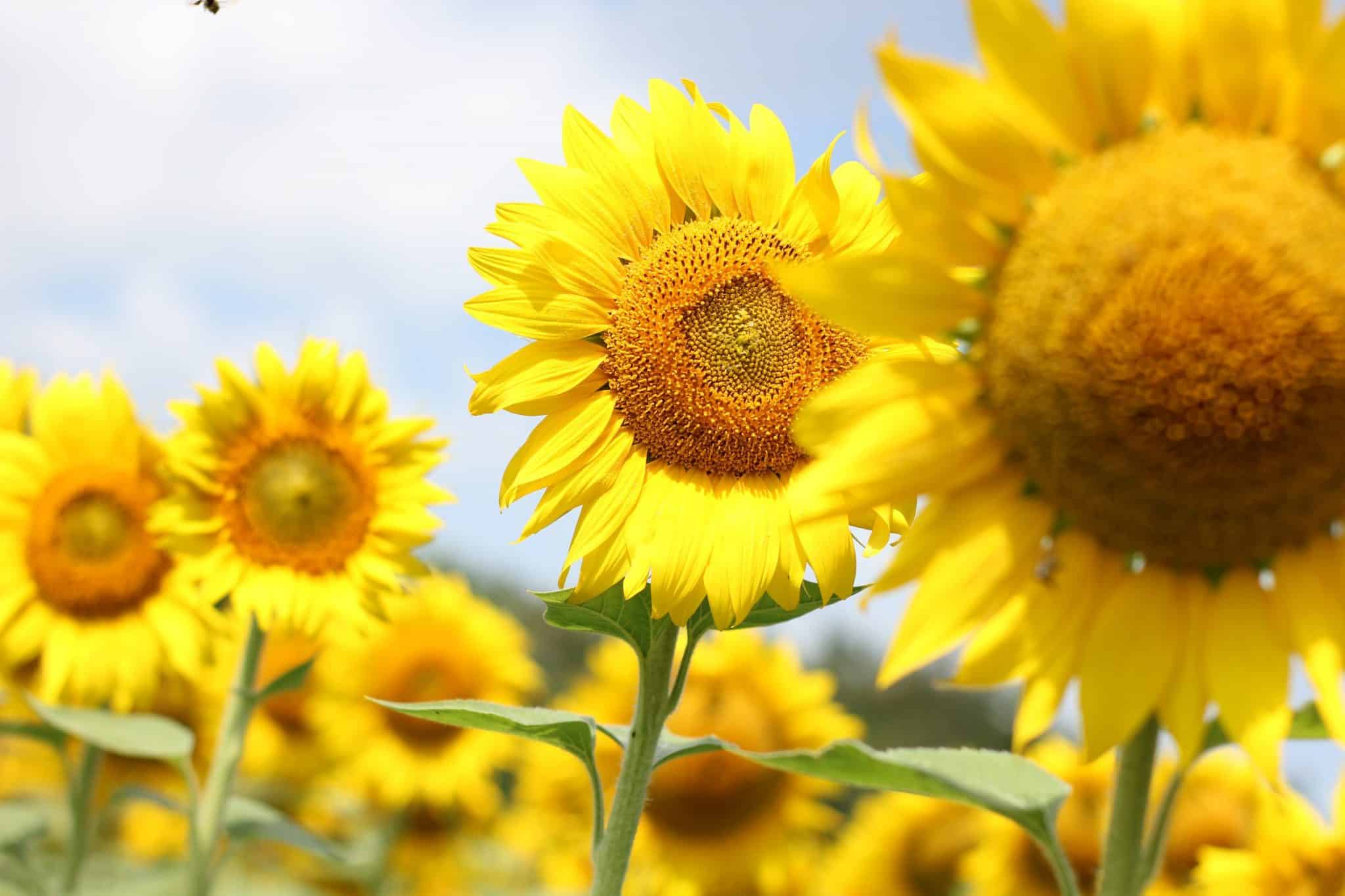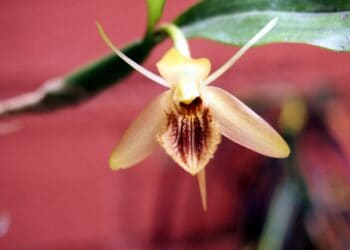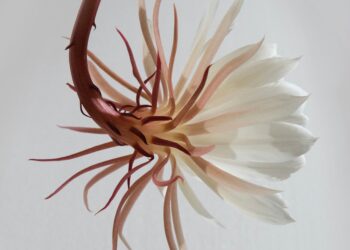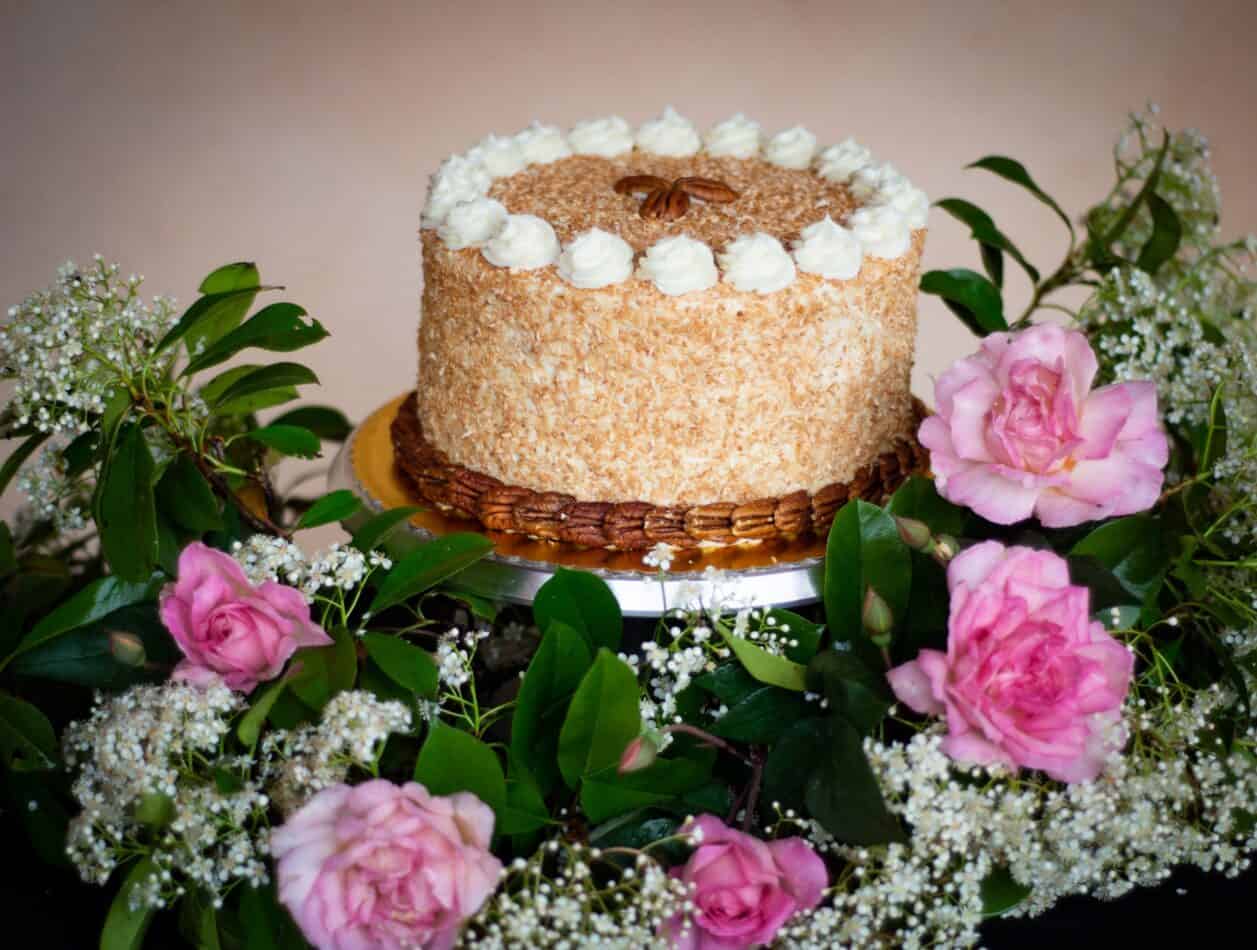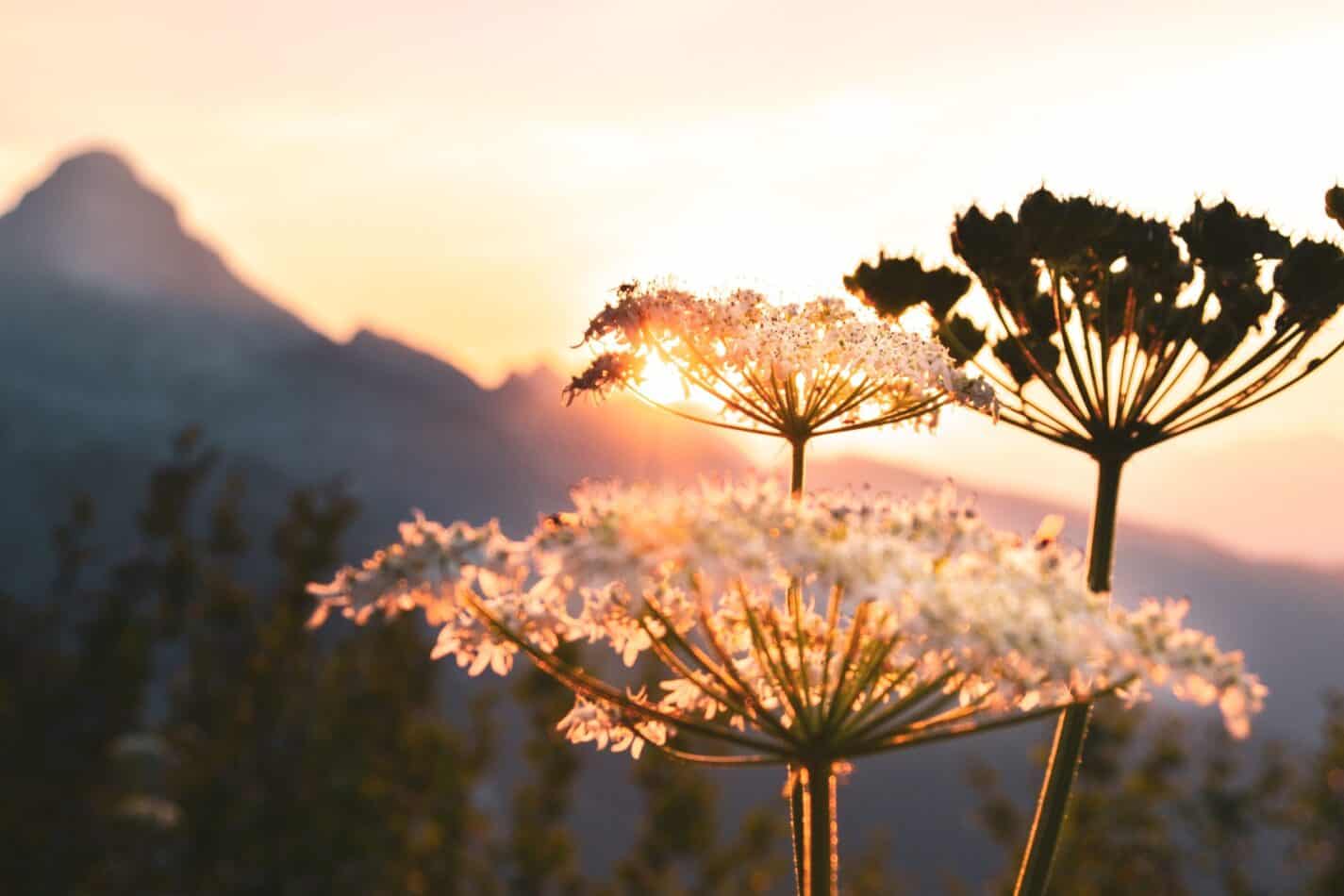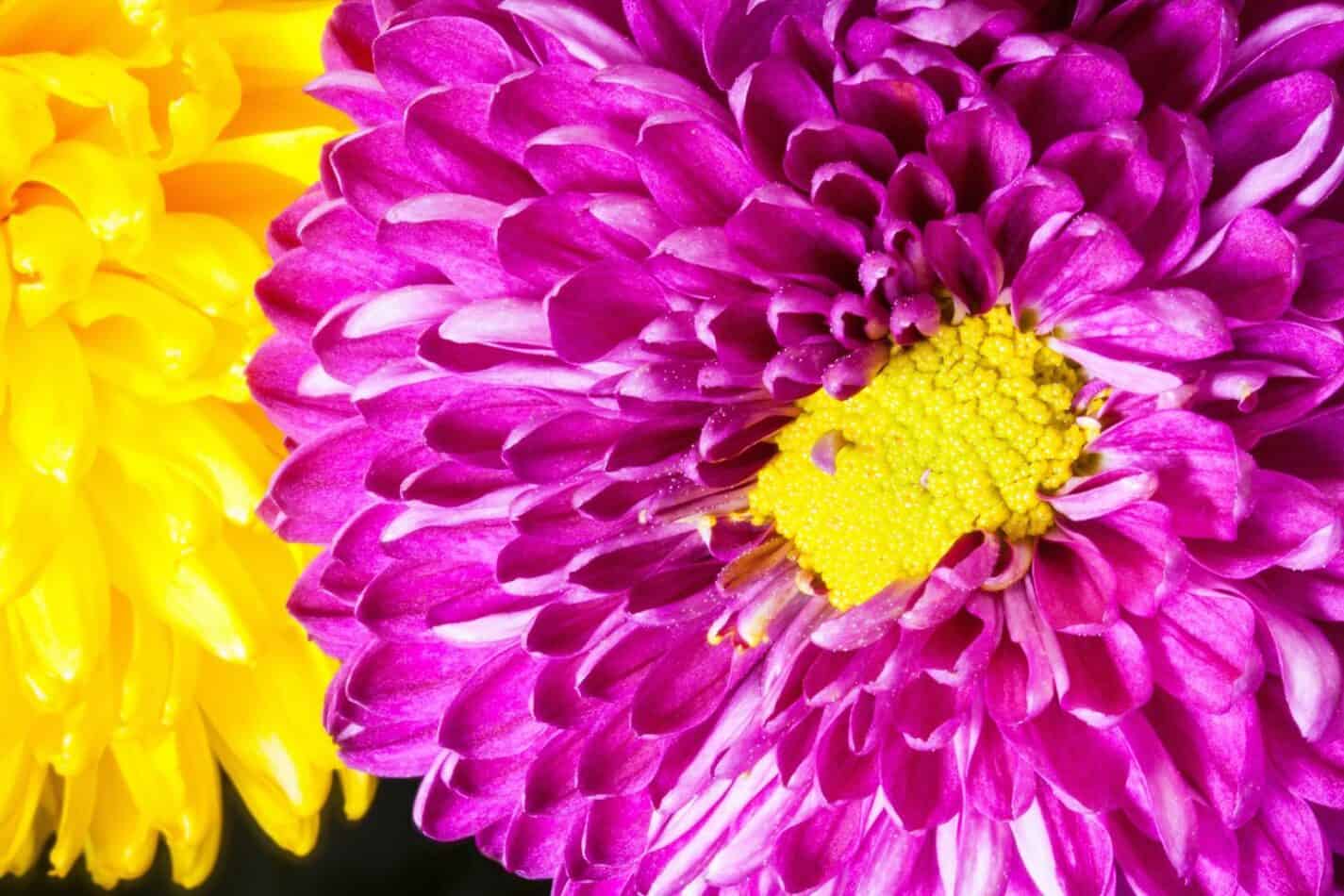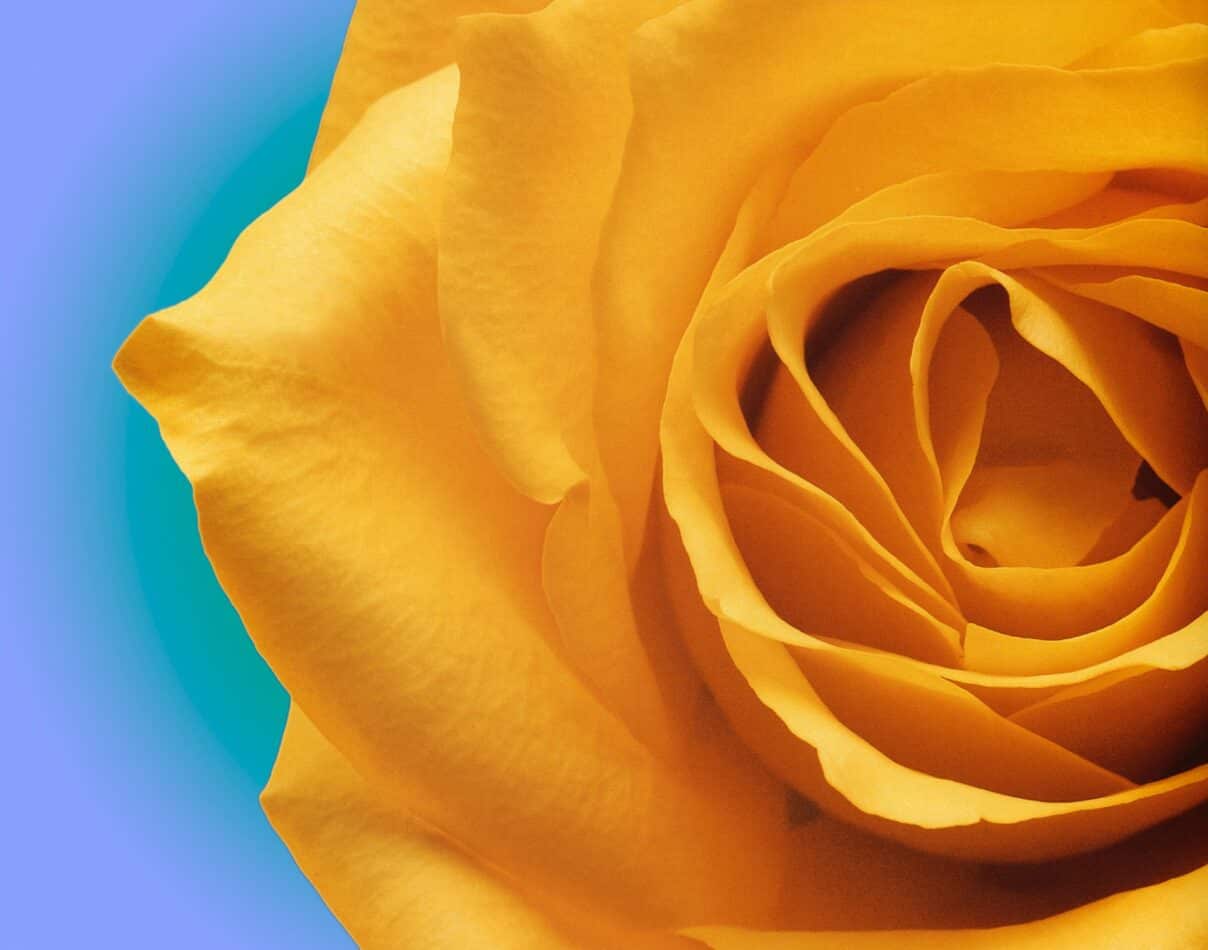How do you feel when you look at a sunflower? For many people, they bring a sense of joy, warmth, and happiness – memories of hot summer days and time with loved ones, or a general lift of spirits when there’s a vase of fresh-cut sunflowers on the kitchen table.
The bright yellow petals of the sunflower and dinner plate size mimic the sun that shines high in the sky during the summer, making this flower a favorite for many.

Sunflower origin
Sunflowers date back to 3,000 B.C. in present-day Arizona. Native Americans used sunflowers in almost every area of life, from food to dye to snakebite treatment.
In the 18th century, Peter the Great used sunflowers as decoration, which was their primary use until sunflower oil production took off in late 1830.
During the Impressionist Era of the 1800s, sunflowers were often depicted in paintings. Van Gogh, an artist of the post-impressionist area, also liked the sunflower.
In 19th century Russia, a man named V. S. Pustovoit developed sunflower breeding programs to cultivate and manipulate the flower widely. To this day, the most prestigious science-related sunflower award is called the Pustovoit Award.
Sunflower symbolism
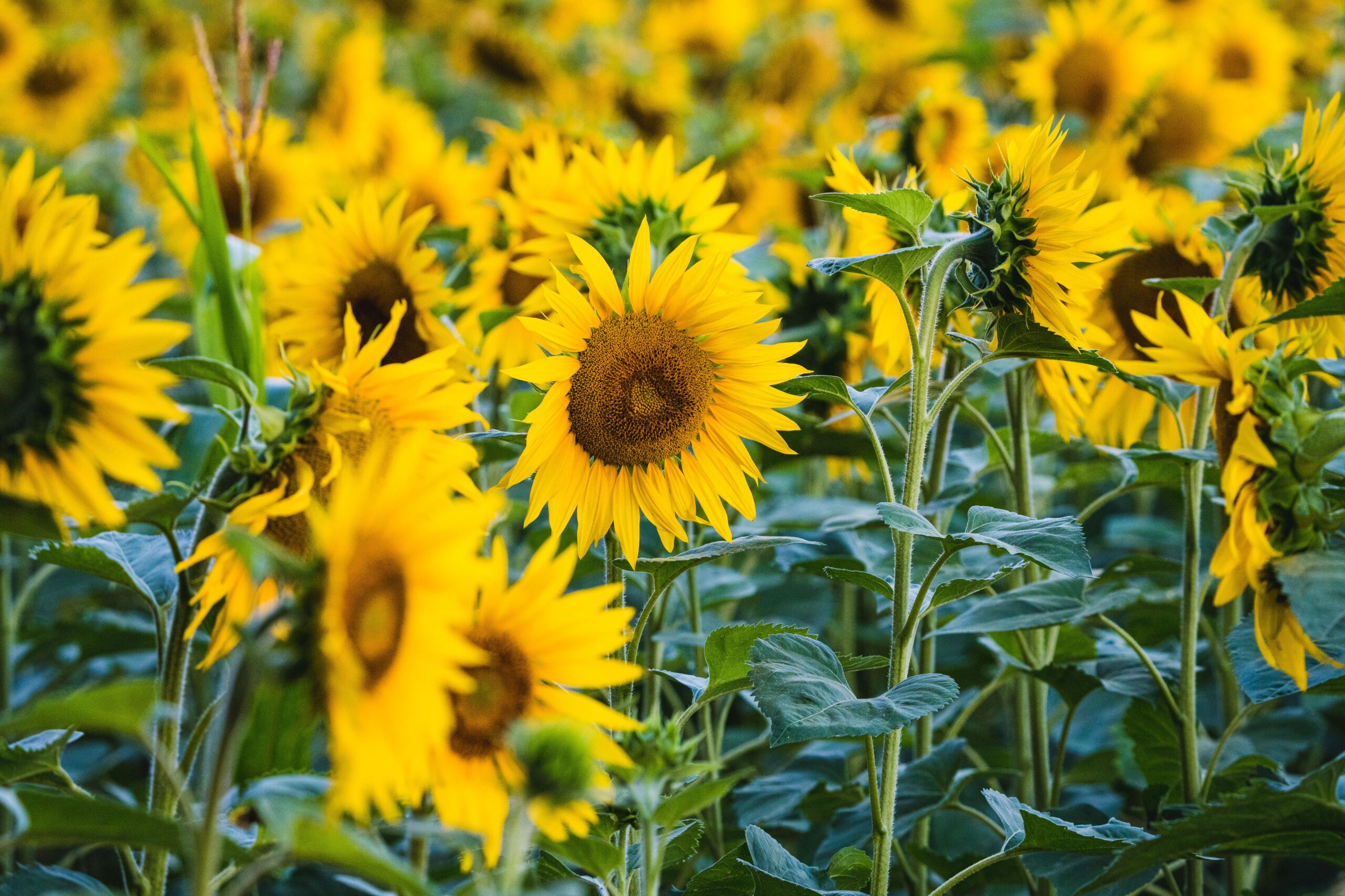
Because sunflowers are bright with petals like the sun’s rays, sunflowers hold the meaning of strength, happiness, warmth, and positivity. While sunflower symbolism reaches far and wide, the most common meanings are
- Longevity – sunflowers stand tall even during the hottest summer months
- Love and adoration, especially in platonic relationships
- Optimism as sunflowers are always turning toward the light
- Mood brightening with their bright yellow and orange “rays.”
- Good luck – especially in China
Sunflower uses
As exemplified by the Native Americans, sunflowers have endless uses; aside from bringing joy and luck, sunflowers aid in sustainability and health practices.
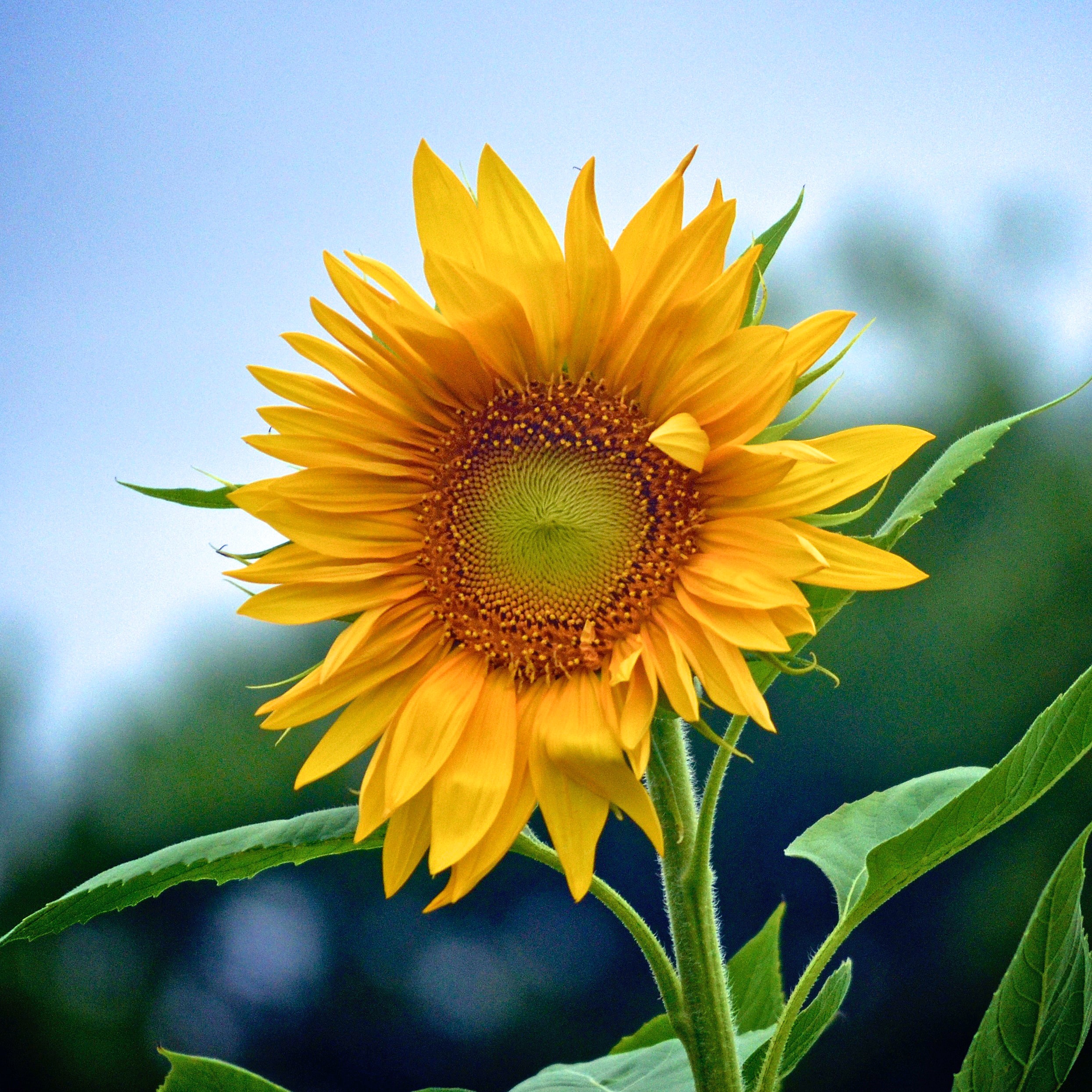
Edible petals. Sunflower petals are edible, making them a charming decoration on a cake, or they can be dried and steeped in a tea. Sunflower tea is said to reduce fevers and ease the pain of arthritis.
Gluten-free flour. Native Americans would grind sunflower seeds to make bread and cakes. If needed, it is a suitable substitute for all-purpose flour when baking gluten-free goods.
Natural dye. Sunflower petals range from bright yellow to a mellow orange. Their petals can bring a beautiful brightness to yarn or fabric, while the seeds of some, particularly the Hopi variety, produce a lovely purple-gray color.
While sunflowers have many meanings, colors, and uses, they will always be thought of as cheerful flowers that perfectly symbolize happiness and warm summer days. Because of this, sunflowers, symbolism is now seen across all industries, from food to home décor.
What we love from Amazon this week
Buy these wonderful flowers directly from Amazon:


